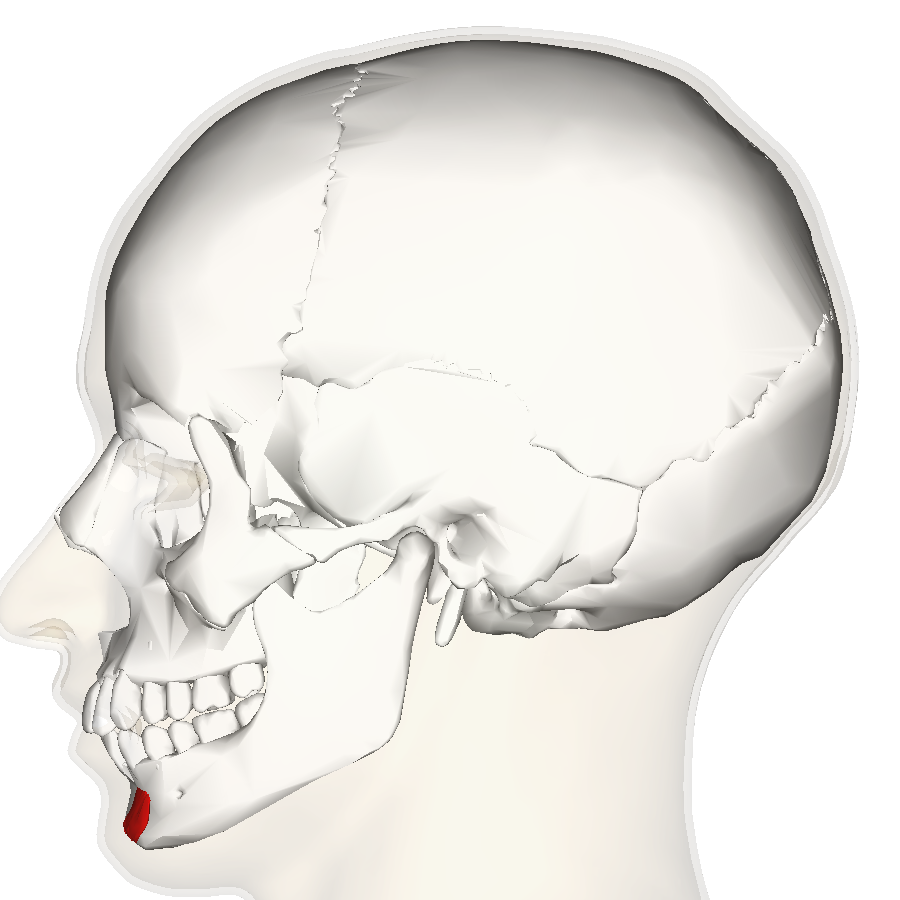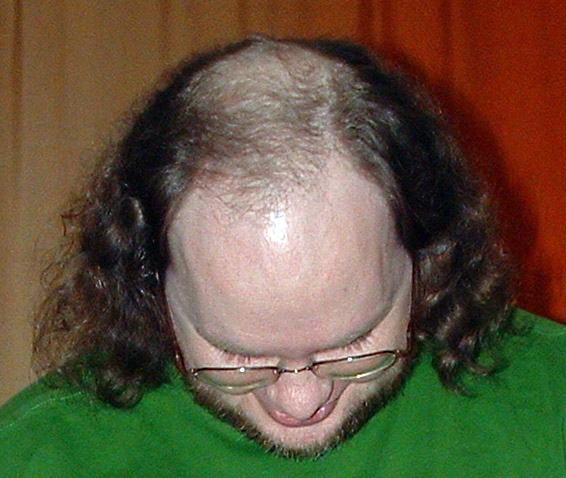The most viral Looksmaxxing technique is called Mewing, which is a technique for correct tongue posture and promises a sharp jawline in years or even months of practice. But what does conventional science say about Mewing? Is it really possible to see bone growth just by using your tongue? All of that will be answered in this post.

Table of Contents:
- What is Mewing and how do you do it?
- What does science say about Mewing?
- Does Mewing work for adults?
- Footnotes
What is Mewing and how do you do it?
Mewing is a technique that teaches “correct” tongue positioning on the roof of your mouth to hopefully expand your Maxilla (the upper jaw) and therefore your cheekbones. It’s also supposed to sharpen the jawline and in general, helps to guide your bones in the correct direction for optimal growth. Most questions arise when it comes down to the actual execution. When I started 4 years ago, it was hard getting used to the new position but now it’s second nature to me and I can even do it while sleeping. To get you started on the journey, why not learn it from the godfather of Mewing himself:
So according to Dr. Mew, the following aspects are important for Mewing correctly:
- Keeping the tongue on the roof of your mouth consistently, even at night
- Chewing hard gums 2 to 3 hours a day
- Swalloing with the back of the tongue, not with facial muscles
- Fixing poor posture
What does science say about Mewing?
Since Orthotopics is a very young field of science, studies on it are rare and small. With it’s beliefs about how bruxism and misalignment should be treated, Orthotropics goes contrary to what conventional Orthodontics teaches. Dr. Mew stronlgy opposes most widom tooth extraction and braces in general, which he thinks “narrow the jaw and only fix the symptoms, not the root cause”.
Since Mewing mainly teaches tongue posture, the best way to test if it works would finding a correlation between dental arch width and tongue posture. This has been done in 2019 with a small cross-sectional study1, which measured tongue-to-palate-distance at a relaxed state and dental arch width. 90 participants with a mean age of 21 years were evaluated. The study found a moderate correlation between posture and arch width, which speaks for Mewing. People with the worst (Class III) scelettal patterns were observed to have the highest tongue distance, which was also shown by two other studies2 3. It’s still to early to draw final conclusions, but I highly recommend checking out the study for more details and great graphs.
Another key point is the mean age of 21. It suggests that since there is a difference, bone growth must have happened earlier. So does Mewing after 21 even work?
Does Mewing work for adults?
Let’s look at the growth changes of faces with different tongue posture. Notice something? It’s all children and young teenagers. In fact, you won’t see any results of adults cited by Dr. Mew.
As we already know, bone growth will stop for most people by age 19. However, the bones in the face still change through a process called bone resorption, which happens until old age. The issue is, that the changes like bigger eye sockets and mandible recession are not beneficial to looks. In contrary, it will make you appear older4. This process is unlikely to be influenced by tongue posture, so you might be out of luck past your teenage years. John Mew himself admits this in a Facebook post:
But don’t throw Mewing in the trashcan just yet. There will be a change in your face from keeping your mouth closed 24/7, although it has nothing to do with your bones but rather with your musculus mentalis. This muscle is located above your chin and will be enlarged from shutting your mouth.

The Mewing results you typically see on Reddit are proof of this idea. Growing the muscle might be of benefit if your chin is slightly recessed. I have been Mewing for almost 5 years and this is the only change I’ve seen.
Mewing should be practiced by most people, especially for one reason: Expanding your nasal cavity and making it easier to breathe with your nose. This has obvious health benefits. For aesthetic purposes, Mewing has limited purposes but can help with growing your chin muscle and mouth breathing. Mewing is incredibly effective for young children. Beware of Orthodontists trying to limit jaw growth by “jailing” teeth with braces. In extreme cases or for aesthetic purposes, jaw surgery should be considered. In adults, this is the only way to achieve meaningful growth.











Leave a Reply